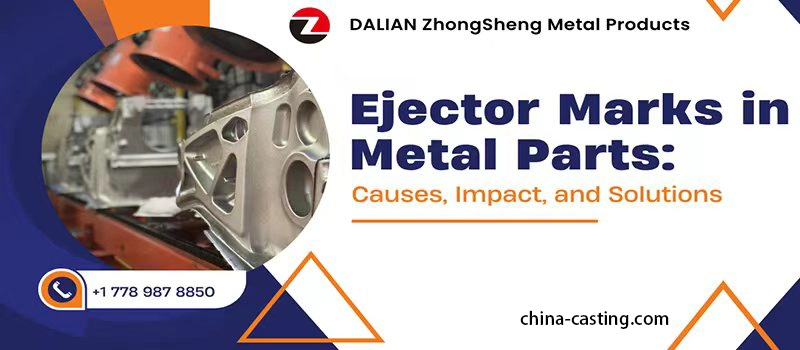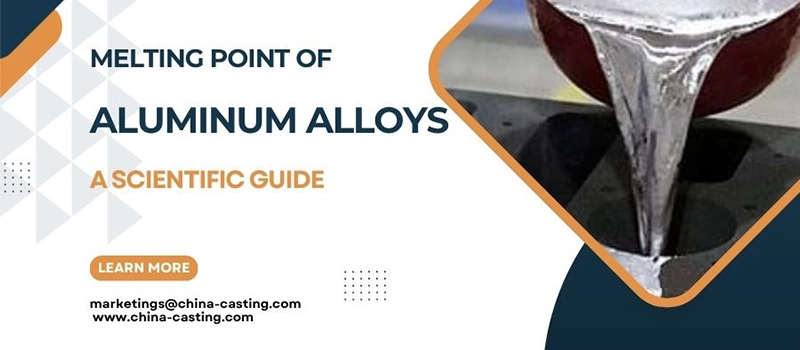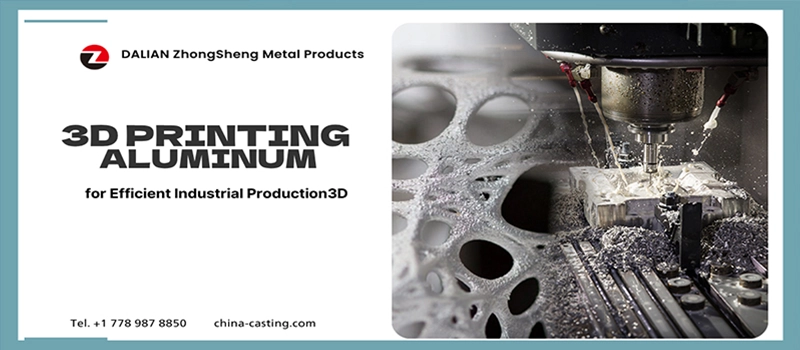Are burrs affecting the fit or finish of your metal components? Are sharp edges creating challenges in coating, assembly, or inspection? These are common issues in fabrication, often caused by incomplete or inconsistent deburring.
Deburring removes sharp edges and residual material left after machining, casting, or forging. It improves dimensional accuracy, surface quality, and safety—making parts suitable for finishing and final use.
In metal manufacturing, deburring is not an extra step. It’s a standard part of quality control that ensures components meet functional and visual expectations.
What Is Deburring and Why It’s Critical in Metal Fabrication
Deburring is the process of removing sharp edges and residual material from metal parts after machining, casting, or forging. Burrs typically form at tool exit points, mold seams, or along cut surfaces, and may interfere with dimensional accuracy, coating adhesion, and assembly fit.
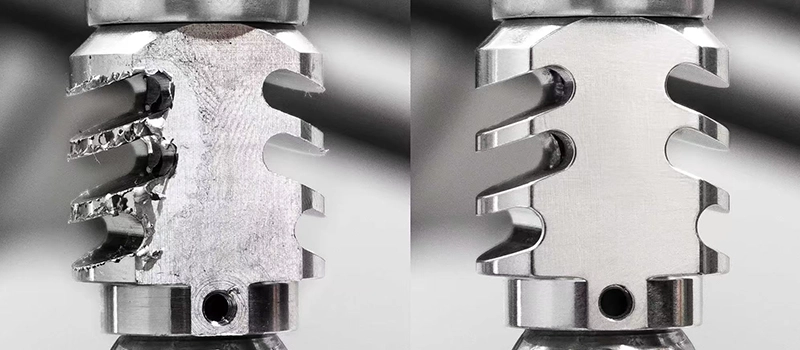
Though small, burrs can cause surface defects, safety hazards, and functional failures. Deburring ensures parts meet quality standards and are suitable for downstream processes. It is a necessary step in maintaining precision and reliability in metal manufacturing.
How Deburring Directly Affects Part Quality and Safety
Burrs introduce functional and safety risks in metal components. Even minor edge projections can disrupt assembly, alter tolerances, or lead to mechanical interference. In moving parts, burrs increase friction and wear, shortening service life. For static components, they may cause gaps, misalignment, or uneven load distribution.
From a safety standpoint, sharp edges present handling risks during assembly or installation. In some applications, such as fluid systems or pressurized equipment, burrs may create points of weakness or initiate fatigue cracks under stress.
Deburring eliminates these issues by restoring clean edges, improving dimensional consistency, and reducing potential failure points. It also enhances surface readiness for processes like coating, welding, or sealing—minimizing defect rates and improving overall product reliability.
Types of Deburring Methods Used in Metal Processing
Deburring methods vary depending on material type, part geometry, production volume, and required finish. The most commonly used techniques include manual, mechanical, thermal, and electrochemical deburring.
Manual Deburring
This method uses hand tools such as files, blades, or abrasive pads to remove burrs. It is suited for low-volume production, prototypes, or parts with complex shapes. While cost-effective for small batches, consistency can vary due to operator differences.
Mechanical Deburring
Mechanical methods involve abrasive belts, tumblers, wire brushes, or vibratory systems. These are efficient for high-volume production and deliver consistent results on simple part geometries. However, mechanical deburring may be limited on parts with internal features or tight corners.
Thermal Deburring
Also known as thermal energy method (TEM), this technique uses a controlled combustion reaction to remove internal or hard-to-reach burrs. It is effective for complex machined parts but requires specialized equipment and is best suited for high-value or critical components.
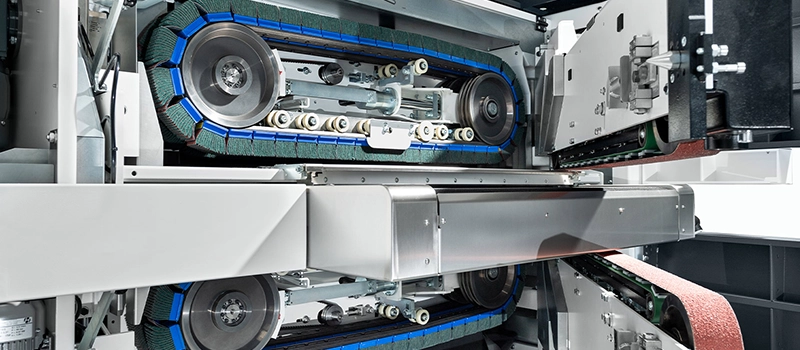
Electrochemical Deburring
Electrochemical deburring (ECD) uses anodic dissolution to remove burrs selectively. It produces precise, stress-free edges and is ideal for hardened metals or tight-tolerance parts. The process is highly controlled but involves greater setup complexity and cost.
Each method has advantages depending on the specific application. Selection is based on balancing cost, repeatability, geometry, and surface quality requirements.
Deburring’s Role in Coating, Plating, and Painting Success
Unfinished edges can interfere with surface treatments. Raised or uneven areas may cause coating thickness variations, poor adhesion, or visual defects such as bubbling and peeling. These imperfections reduce corrosion resistance and overall durability.
During powder coating, anodizing, or plating, residual edge material can also trap contaminants, increasing the risk of underfilm corrosion. Even small flaws may result in product rejection or early finish failure under operational conditions.
Edge finishing helps achieve a clean, uniform surface, allowing coatings to bond consistently. This step supports better coverage, visual quality, and long-term performance—particularly for parts exposed to harsh environments or requiring protective finishes.
Deburring Practices in Casting, Machining, and Forging Processes
Different metalworking methods produce distinct types of residual material along edges and surfaces. The approach to finishing must be matched to the process used during part formation.
Casting
In cast components, excess material known as flash often appears along mold parting lines or around gates and vents. This is typically removed using mechanical tools such as grinders, trimming presses, or belt sanders. Surface preparation following casting is essential for achieving accurate dimensions and a uniform appearance.
Machining
Milled or drilled parts often have raised edges or small projections around holes and cut surfaces. Finishing in this case may involve rotary brushes, edge-blending tools, or abrasive media to maintain critical dimensions while removing roughness. Proper attention to machined features prevents misalignment during assembly.
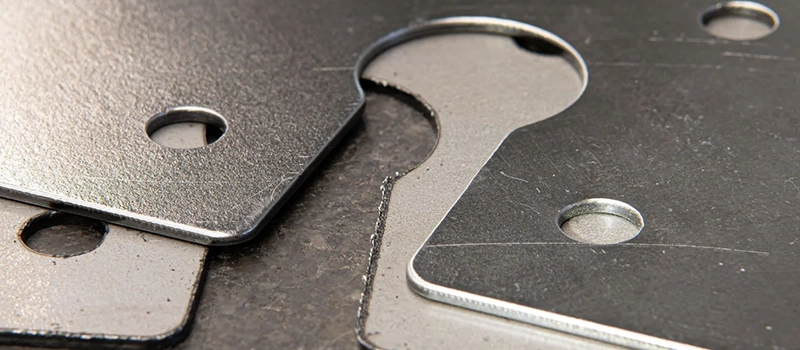
Forging
Parts formed by hot or cold forging often exhibit excess material at the die closure points. This flash is removed through trimming and edge conditioning, often using hydraulic presses or grinding equipment. For forged parts used in structural applications, consistent edge quality contributes to mechanical performance.
Matching the finishing method to the production process ensures surface readiness, dimensional stability, and reliable downstream performance.
Common Challenges in Edge Finishing and How to Avoid Them
Edge finishing is essential to quality, but if not properly controlled, it can introduce defects or reduce part performance. The goal is to remove excess material without altering the intended geometry or affecting surface integrity. Several challenges are common during this process, especially when dealing with variable part designs, material types, or production volumes.
Over-removal of Material
Excessive edge removal can lead to dimensional deviations, particularly in parts with tight tolerances. When functional surfaces are affected, components may fail to fit or operate correctly. To avoid this, finishing tools should be selected based on the specific edge condition and material hardness. Automated systems with process limits can help control removal depth.
Inconsistent Finishing Across Batches
Manual deburring may result in variation between operators or shifts. This inconsistency affects part quality, especially in larger production runs. Standardized finishing procedures, along with training and inspection tools such as edge gauges or visual standards, help maintain uniformity.
Tool Wear and Improper Tooling
Dull or worn-out tools lead to incomplete burr removal or surface scratches. In high-volume operations, regular tool monitoring and scheduled replacement are necessary. Selecting tooling material appropriate for the workpiece—such as carbide for hardened steels—ensures effectiveness and longevity.
Need Help? We’re Here for You!
Neglecting Hidden or Internal Burrs
Burrs in holes, slots, or internal surfaces may be overlooked if inspection is limited to visible edges. These areas can cause issues during assembly or fluid sealing. Processes like thermal or electrochemical finishing may be needed when internal burrs are critical.
Surface Damage During Finishing
Incorrect pressure or tool application can cause scratches, deformation, or surface roughness that compromise coating or sealing later. Proper setup, fixturing, and operator technique minimize this risk, especially for softer materials like aluminum.
Maintaining a controlled finishing process requires understanding the interaction between part design, material behavior, and finishing technique. Addressing these common issues helps reduce rework, scrap, and post-inspection failures.
Role of Edge Finishing in Meeting Dimensional and Functional Tolerances
Edge finishing contributes directly to the dimensional accuracy and functional reliability of metal components. While often considered a post-processing step, its impact on fit, alignment, and performance is critical—especially in applications with tight mechanical or assembly tolerances.
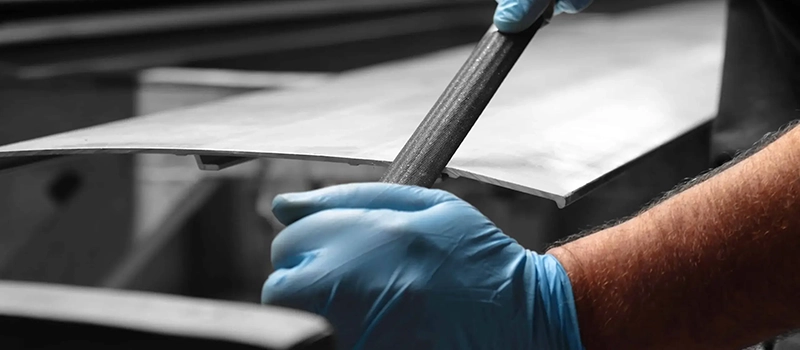
Edge Geometry and Tolerance Integrity
Burrs may add material beyond specified dimensions, resulting in oversized parts or assembly misalignment. Conversely, aggressive material removal during finishing can reduce critical dimensions, leading to loose fits or reduced contact surfaces. Controlled edge treatment ensures that finished dimensions remain within the specified tolerance range.
Influence on Mechanical Fit and Assembly
Precision assemblies often rely on consistent mating surfaces and edge quality. In connectors, housings, or load-bearing joints, unrefined edges can cause interference, stress concentrations, or uneven load transfer. Edge finishing helps achieve a clean, functional interface between components.
Importance in Sealing and Pressure Applications
Sealing surfaces require smooth, burr-free edges to maintain pressure integrity and prevent leaks. Even a small projection at the sealing interface may lead to long-term performance issues. Finishing steps that focus on edge uniformity are essential in applications involving gaskets, O-rings, or compression fittings.
Impact on Repeatability in Mass Production
In high-volume production, variation in edge quality affects part interchangeability. Consistent finishing supports process stability and ensures that all components perform equally under the same conditions.
To meet engineering requirements, edge finishing must be planned alongside other tolerance controls, not treated as a separate or optional step. Its role is to complement dimensional accuracy and preserve design intent from start to finish.
Edge finishing also plays a critical role in supporting compliance with international dimensional standards. In many industrial sectors, parts must conform to tolerance classifications such as ISO 2768, DIN 7168, or ASME Y14.5, which specify permissible variation in size, form, and position. Burrs can easily cause deviations outside these limits if not properly controlled.
In applications involving press-fit, sliding fits, or dynamic alignment, small inconsistencies at the edge can lead to premature wear, vibration, or joint instability. Similarly, sealing surfaces and contact zones require smooth transitions without edge distortion to maintain pressure integrity and avoid leakage.
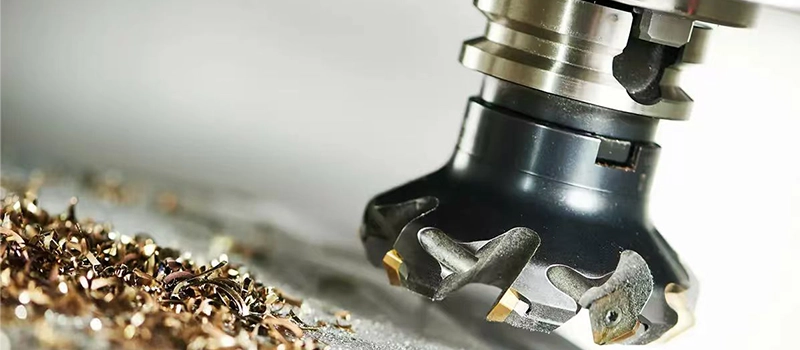
To support these functions, edge finishing should not only remove burrs but also maintain edge integrity—preventing rounding or dimensional loss unless specifically allowed by design. In many cases, edge radius control is just as important as deburring itself.
In automated production, maintaining dimensional consistency across large batches depends heavily on a controlled and repeatable finishing process. Incorporating in-line inspection tools, edge radius gauges, or optical measuring systems allows real-time monitoring to ensure parts meet both geometric and functional specifications.
When edge finishing is treated as a precision operation rather than a cosmetic one, it becomes a key contributor to product standardization, interchangeability, and functional reliability across all downstream applications.
Conclusion
Edge finishing is an essential part of metal fabrication, not just for appearance but for function, safety, and performance. Burrs, if left untreated, can compromise tolerances, surface treatments, and mechanical reliability. By applying the correct finishing methods based on part design and production process, manufacturers can ensure components meet both technical and operational requirements. In precision manufacturing, consistent and controlled edge quality supports the overall success of the finished product.


